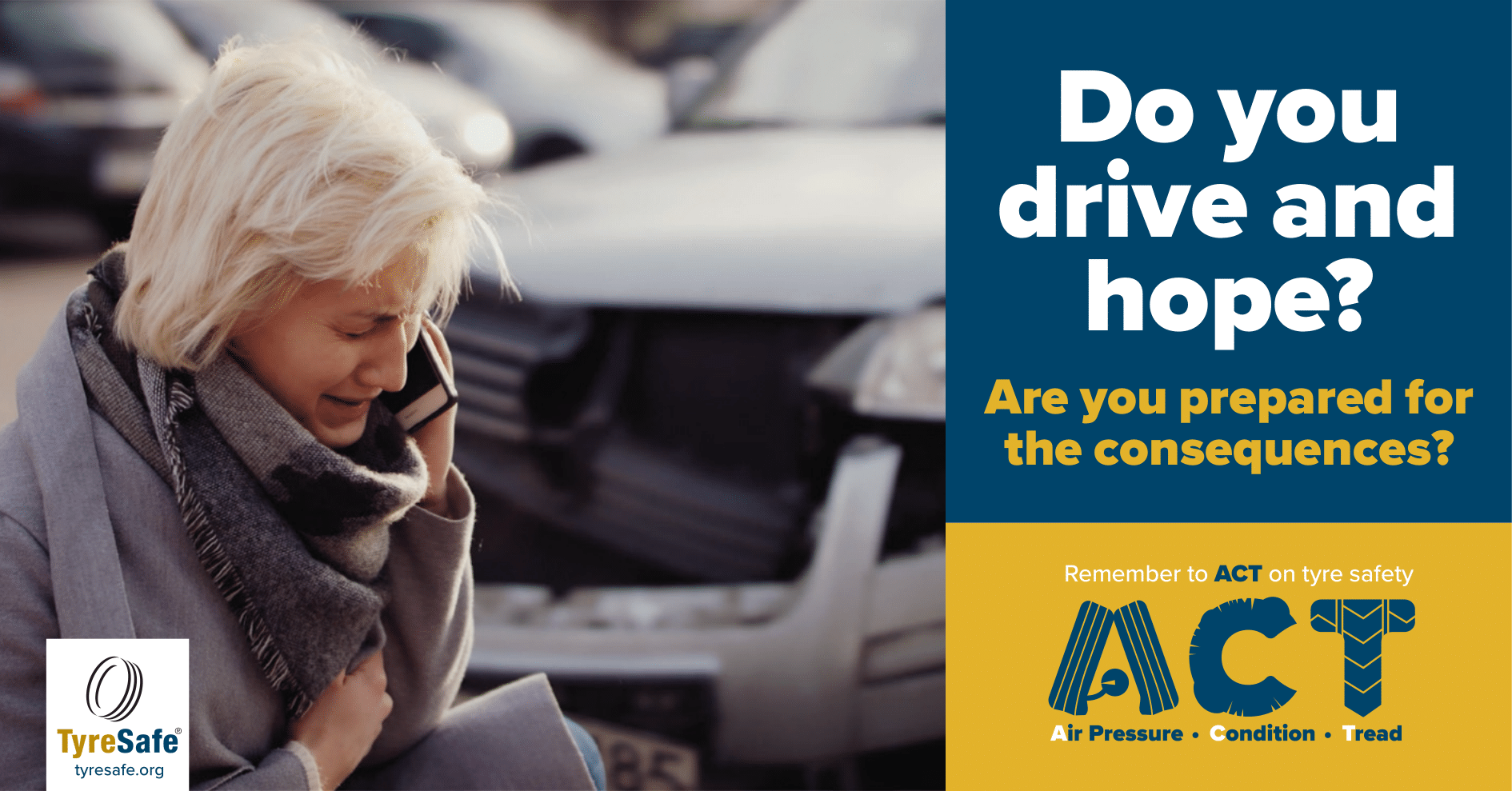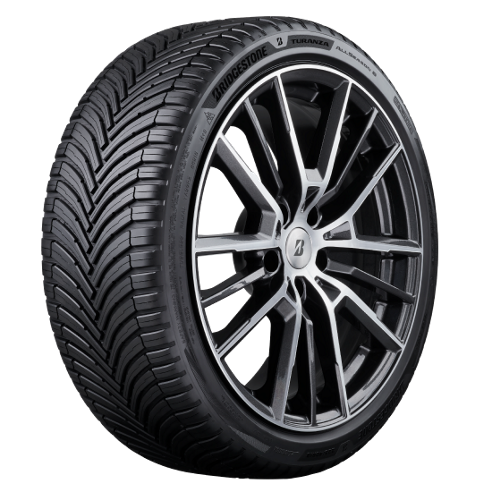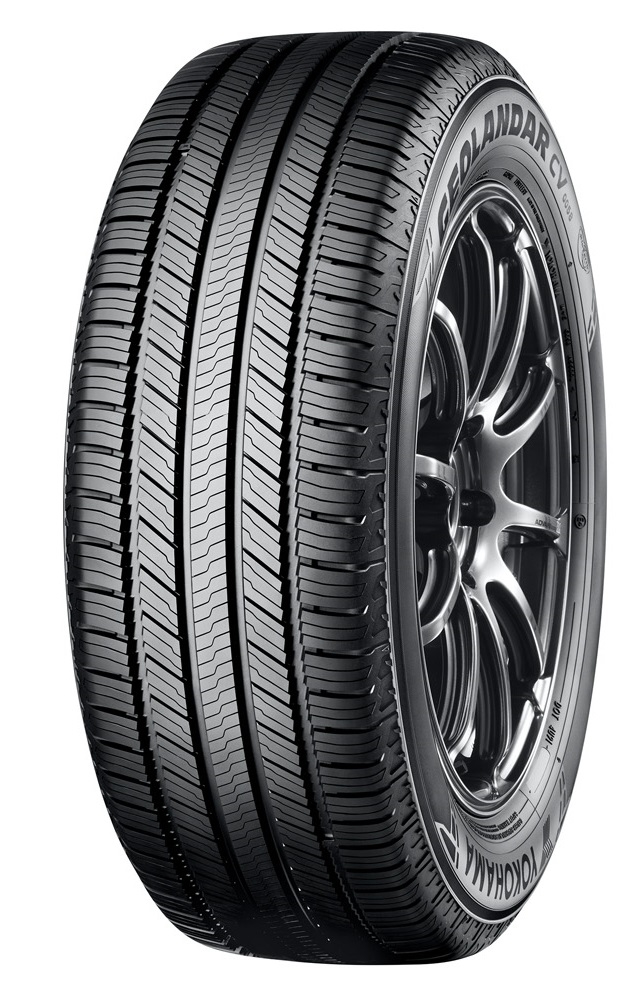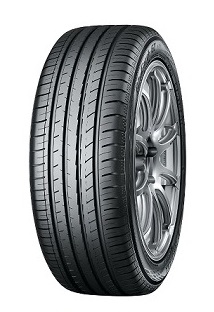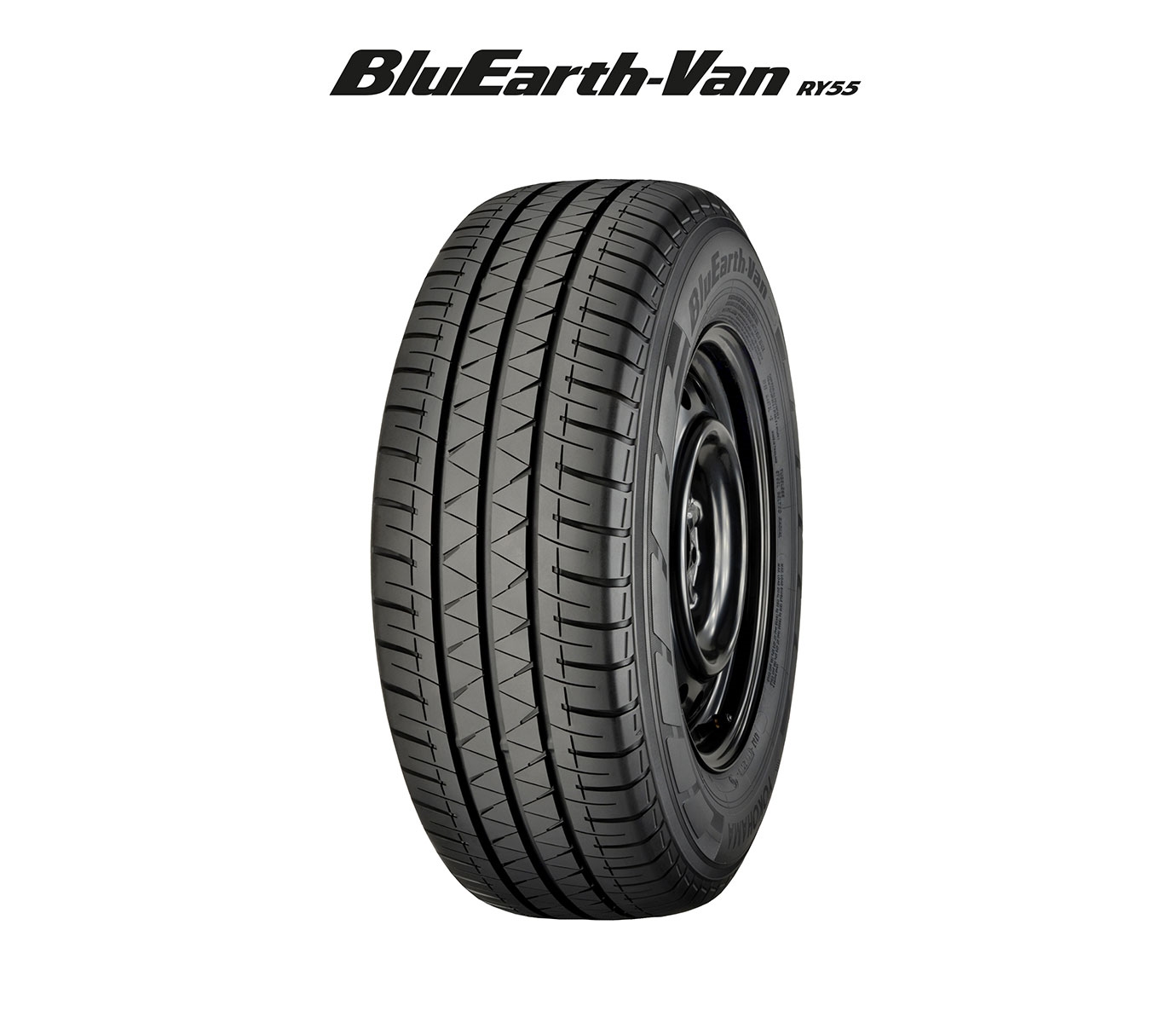This spring road safety charity TyreSafe is asking Britain’s motorists whether they are checking their tyre sufficiently, or leaving to much of their personal safety to chance
Unpredictable driving conditions plus more cars taking to the roads for bank holiday travel makes spring the perfect moment to consider tyre safety. UK tyre safety charity TyreSafe is challenging drivers with the question, Do you drive and hope? The organisation wants to encourage motorists to consider more carefully the condition of their tyres, the only part of the car in contact with the road, before they travel in one of the busiest times of year for the country’s highways.
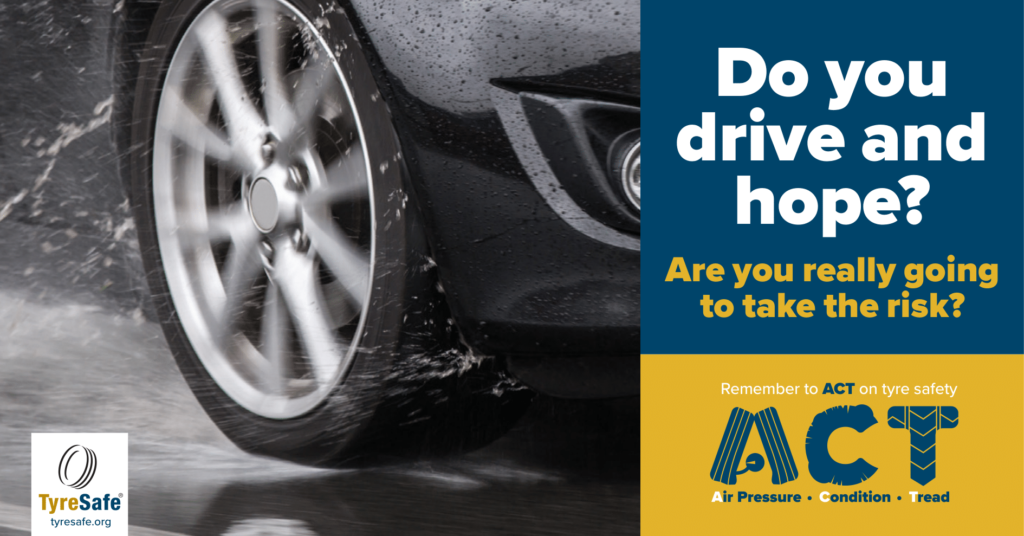
ACT now
To help drivers remember the three vital checks, TyreSafe uses the acronym ACT – air pressure, condition and tread.
Air pressure: The air pressure of each tyre should also be checked using an accurate gauge. Typically, car manufacturers recommend two different tyre pressures, one for light loads and another for when the vehicle is fully. It’s essential that drivers adjust the pressures to accommodate the load they are carrying. These settings can be found in the vehicle handbook, on reputable internet tyre pressure charts such as the one at tyresafe.org, and often in the vehicle’s fuel filler cap or door sill.
Condition: With a visual check, looking at the overall condition of each tyre to see if anything might have penetrated the tread, such as nails or other objects. If any of these objects, cracks or bulges are present, the driver should refer immediately seek professional advice.
Tread: Drivers should check the tread of their tyres to ensure they are above the UK the legal tread depth minimum of 1.6mm. Ideally an accurate tread depth gauge should be used but if this is not available, a 20p coin can be used as a guide. Insert the 20p into the main sections of the tyre and at various points around the circumference – should you see the outer rim at any point, you need to have the tread depth checked as it may be illegal.
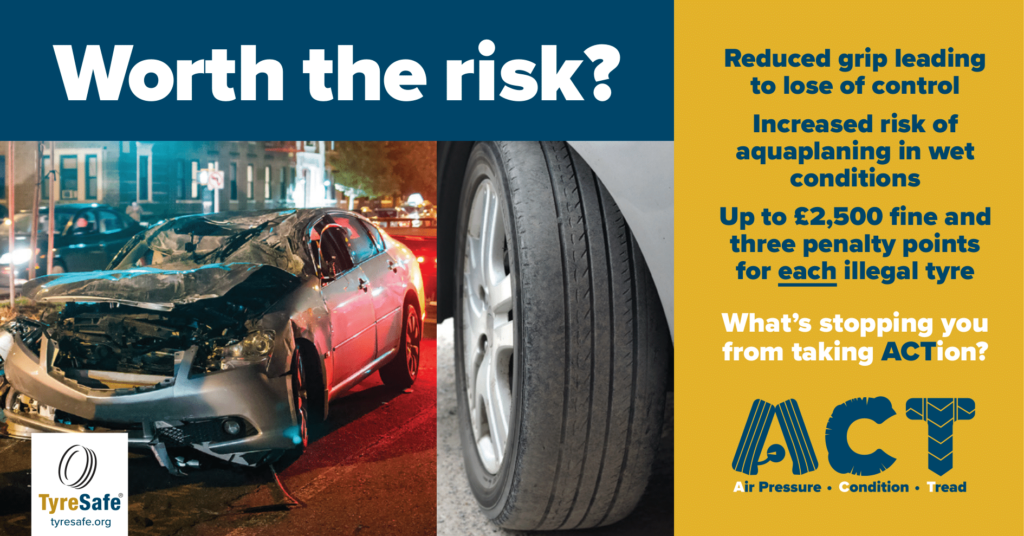
For more helpful videos on how you can ensure your tyres are safe, visit the TyreSafe YouTube channel.

